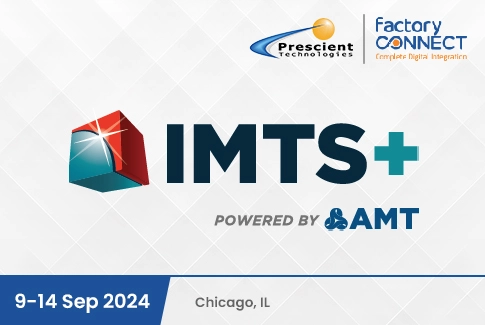innovate. elevate.
A journey of 25 years — built on trust,
fueled by innovation, and inspired by the future.




A journey of 25 years — built on trust,
fueled by innovation, and inspired by the future.
Let’s talk software, speed, and scalability see how Prescient transforms your digital engineering landscape at Realize Live
Detroit, June 2–5, 2025
Our AI/ML experts co-create solutions tailored to your industry, unlocking new efficiencies, insights, and opportunities.
Mumbai, April 24–26, 2025 | Booth #C18B
Custom applications tailored to your business goals.
Mumbai, April 24–26, 2025 | Booth #C18B




A journey of 25 years — built on trust,
fueled by innovation, and inspired by the future.
#PrescientTurn25
Mumbai, April 24–26, 2025 | Booth #C18B
Our AI/ML experts co-create solutions tailored to your industry, unlocking new efficiencies, insights, and opportunities.
Mumbai, April 24–26, 2025 | Booth #C18B
Custom applications tailored to your business goals.
Mumbai, April 24–26, 2025 | Booth #C18B




A journey of 25 years — built on trust,
fueled by innovation, and inspired by the future.
#PrescientTurn25
A journey of 25 years — built on trust,
fueled by innovation, and inspired by the future.
#PrescientTurn25
Our AI/ML experts co-create solutions tailored to your industry, unlocking new efficiencies, insights, and opportunities.
Mumbai, April 24–26, 2025 | Booth #C18B
Custom applications tailored to your business goals.
Mumbai, April 24–26, 2025 | Booth #C18B

With a team of highly skilled engineers and industry experts, we harness the power of CAD to transform your ideas into reality. Whether you seek custom CAD software solutions or desire to optimize your existing CAD workflows, we offer a comprehensive suite of services to propel your design projects to new heights.
Our Digital Factory Services are designed to optimize your production processes, streamline workflows, and drive real-time insights through the integration of smart technologies.
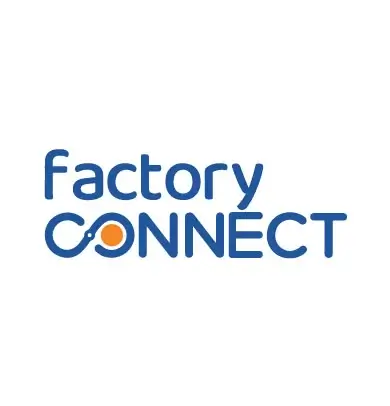
factoryCONNECT works with your existing sensors, PLC, SCADA, and other systems and collects data across your complete manufacturing process.
Discover More
powerCONNECT is an IIoT based solution that helps in collecting, analyzing the energy consumption at your plant.
Discover More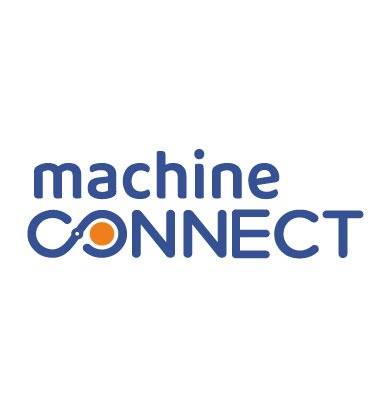
machineCONNECT is an Advanced after-sales monitoring system for manufacturers' machines, identifying faults and enhancing performance.
Discover More


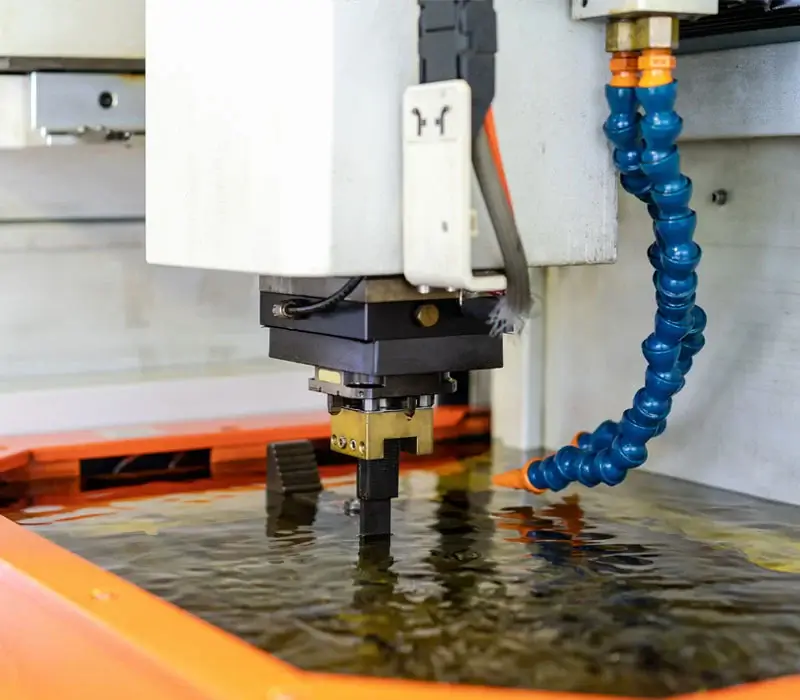
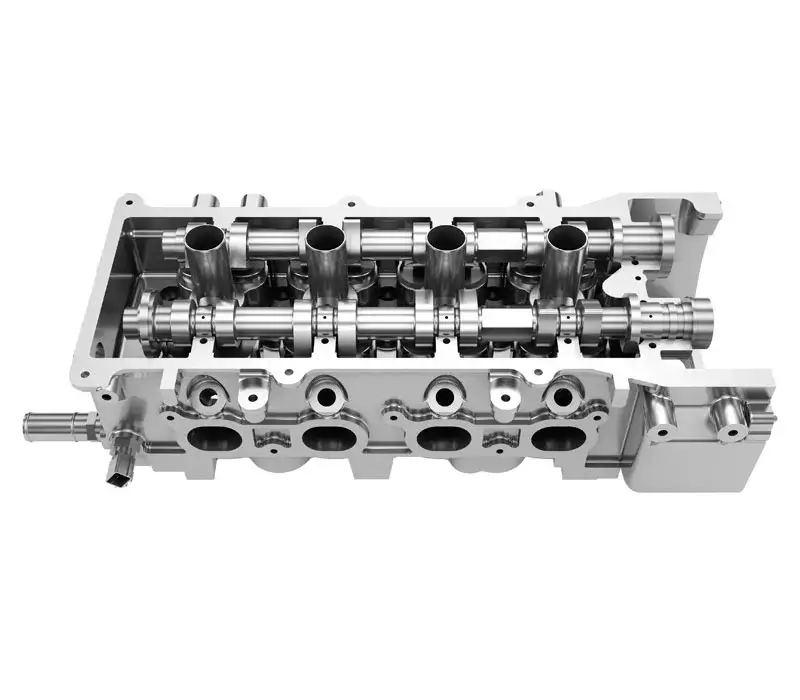

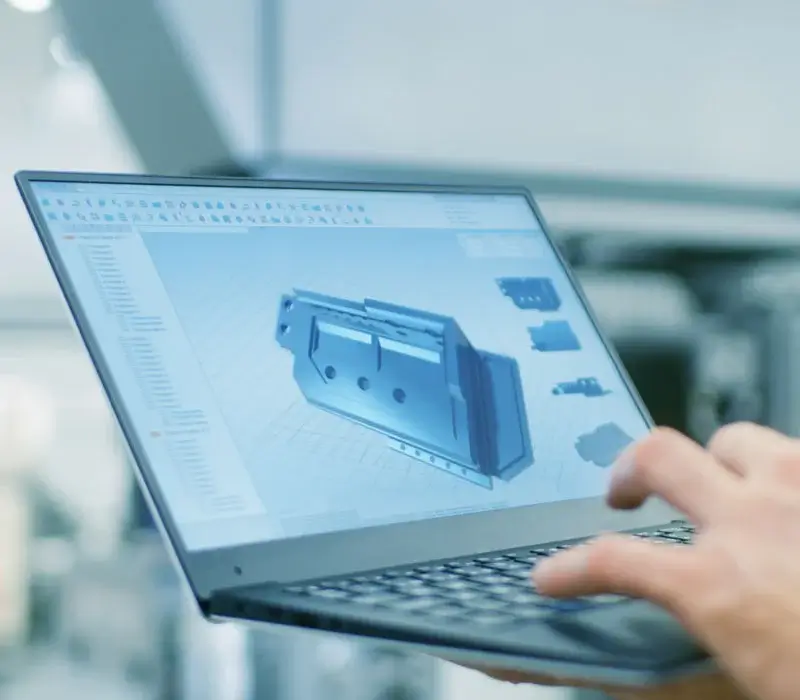



Professionalism and work ethics… "The level of professionalism and work ethic you bring to the table is simply great. The fact that clicked the most is when you took complete responsibility for our product development and the outcome is exactly what we desired. Thank you Prescient."

First on our list, without doubt … “I greatly appreciate the software development work you have been doing for Level 3 Inspection for all these years. Your team’s skills and your methodical approach to perfection, coupled with your high level of professionalism, have made the road pretty smooth for us to achieve our organizational and operational integration goals. If we have to recommend a competent partner we can totally depend on, your name would be the first on our list, without a doubt. Thank you Prescient!”

They are the exception... "We've been working with Prescient Technologies for quite a few years now, and they continue to provide quality work in a timely manner for a reasonable cost. They are the exception to the two out of three rule! (Fast, High Quality or Good Price, pick two)"

There could not have been a better alternative… "It was a chance meeting with the Prescient team that set the ball rolling. Initially I was skeptical but their attitude “Together we can” inspired confidence. ”Hand-holding” by Prescient was exemplary and that was crucial for a start-up like ours. Our project in Orthopaedic navigation involved totally new objectives in as yet unexplored areas to be achieved with innovative steps in CAD domain. Few years down the line together we have added a chapter at the very edge of scientific knowledge. Thanks to Prescient our software idea has now evolved into a full-fledged market-ready product. Today I am convinced that there could not have been a better alternative."

Professionalism and work ethics… "The level of professionalism and work ethic you bring to the table is simply great. The fact that clicked the most is when you took complete responsibility for our product development and the outcome is exactly what we desired. Thank you Prescient."
Our transition to smart machines has been seamless, and we can monitor critical parameters remotely, which adds significant value to our customers. What additional benefit our customers have got is that they can get the live data from the machine regarding production output and breakdowns and can also maintain and gather the data of critical parameters very easily and at any point of time for their customer audit purposes. We now have real-time data at our fingertips, helping us make quicker, more informed decisions, and drastically reducing downtime. In digitizing our machine, machineCONNECT has been invaluable, and we're pleased with the results."

